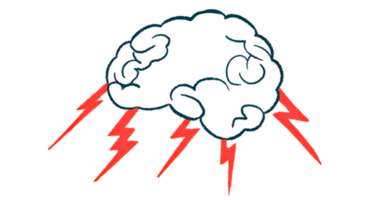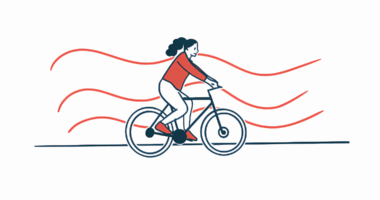Personalized algorithms help improve walking in Parkinson’s
Study employs mathematical models to adjust deep brain stimulation settings

Using mathematical models, researchers at the University of California, San Francisco (UCSF) successfully predicted how to adjust deep brain stimulation (DBS) settings to improve gait for people with Parkinson’s disease, according to a study.
With these techniques, researchers could improve DBS and other neuromodulatory therapies that influence nerve cell activity.
“This work not only deepens our understanding of how DBS affects movement, but also highlights the promise of personalized neuromodulation for Parkinson’s and other neurological disorders, bringing us closer to smarter, more effective neuromodulation therapies,” Doris Wang, MD, PhD, senior author of the study, said in a university press release. Wang is a neurosurgeon and associate professor at UCSF.
With the assistance of artificial intelligence (AI), personalized algorithms allowed Wang’s team to estimate stimulation settings that would have the most impact for a given individual. When using these settings, study participants saw improvements in walking performance.
Results of the study, “Modeling and optimizing deep brain stimulation to enhance gait in Parkinson’s disease: personalized treatment with neurophysiological insights,” were published in the journal npj Parkinson’s Disease.
Team explores impact of DBS on gait
Disruptions in walking, or gait, are common motor symptoms of Parkinson’s, alongside tremor and bradykinesia, or slowed movement.
“Gait dysfunction reduces mobility, increases fall risk, and significantly impacts a patient’s quality of life,” the researchers wrote.
Parkinson’s symptoms occur because certain nerve cells deep inside the brain die off. This disrupts the normal communication between different parts of the brain, especially between the deep areas, called subcortical structures, and the outer layer of the brain, known as the cortex. These two areas work together to control movement.
DBS can help by restoring more normal activity in these brain circuits. It works by placing electrodes in relevant subcortical structures and sending electrical pulses to stimulate nearby cells. There are different ways to deliver this stimulation, and each person needs their settings adjusted to optimize results.
While DBS is often effective for tremor and bradykinesia, its impacts on gait are less consistent. In the present study, the team wanted to find strategies to improve these results, as well as gain a better understanding of how walking impacts the function and behavior of the nervous system.
“A deeper understanding of the relationship between DBS settings, underlying neural mechanisms, and resulting gait outcomes would further enhance our knowledge of the neurophysiological foundations of complex gait functions in [people with Parkinson’s],” the researchers wrote.
Parkinson’s patients see ‘significant improvements in walking performance’
Three individuals with DBS implants completed the study as part of their participation in a larger clinical trial (NCT03582891). In addition to subcortical electrodes, the participants’ DBS devices included electrodes in the part of the cortex involved in movement control. This allowed the team to record brain signals in both areas and estimate connections between them.
First, the researchers asked participants to walk a six-meter track while wearing sensors to capture features of their gait. They combined several features into a single metric of gait performance, and compared performance to recorded brain signals. They then assessed how the gait metric and brain signals changed with changing DBS settings for each participant.
We approached the problem of optimizing DBS settings as an engineering challenge, aiming to model the relationship between stimulation parameters, brain activity, and walking performance.
The team noticed some common features linking brain signals to performance across all of the participants. Other features were specific to each individual.
“We approached the problem of optimizing DBS settings as an engineering challenge, aiming to model the relationship between stimulation parameters, brain activity, and walking performance,” said the study’s first author, Hamid Fekri Azgomi, PhD. Essentially, they used their data to create a map of these relationships.
An AI approach known as machine learning was then used and fed this map to predict other combinations of DBS settings that might improve gait performance.
“Testing the identified settings further validated the model’s efficacy, resulting in significant improvements in walking performance,” the researchers wrote.
This process highlights how an individualized, data-driven approach can help clinicians program DBS settings to meet a patient’s specific needs. In the future, the team hopes to automate this process and integrate it into DBS programming software to further facilitate DBS-mediated improvements in gait.
“Future work with larger, more diverse populations is needed to validate these findings and fully realize the promise of personalized DBS therapies,” they noted.







